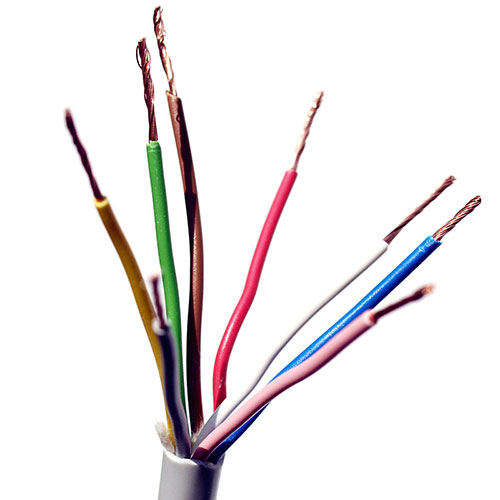Virtually all but perhaps the most tech-obsessive geeks (and I count myself among that group) hate the hassle of wiring up a 5.1-channel (or 7.1-channel) home theater system—stringing those speaker cables under rugs or along the walls to each of five different speakers and a subwoofer, or "fishing" them through the walls to an outlet where the speaker is located. Consequently, the audio-video panacea of so-called "wireless" speaker systems holds enormous appeal, and various manufacturers have rushed in to fill the void.

Articles online and in audio-video magazines as well as ads have been positively gushing over the wonders of "wireless" speakers.
Guess what? There are in fact more wires for a wireless speaker than a wired one! For a pair of wired speakers you require 2 speaker wires and that is it. For a wireless pair of speakers you require two AC power cords and one cable from the pre-amp to the transmitter. That's a whopping 50% more wires for the so called "wireless" speakers!
A Speaker is a Motor
Here’s the deal. There is no such thing as a truly wireless speaker because driving a speaker or a subwoofer is all about POWER, electric power—you know, that energy that lights our homes, runs the dishwasher and the blender and countless other appliances. A loudspeaker is, in effect, a motor—a reciprocating electric motor that has to move a cone/and or dome rapidly back and forth to generate sound-pressure waves—and motors require electricity. So any wireless surround speaker or subwoofer that claims to be wireless is not; it may receive its low-level surround or subwoofer signal by RF (radio frequency) or infra-red means, but the speaker or subwoofer still has to be plugged into an AC wall outlet to provide the power for the RF receiver and for the amplifier to drive the speaker or subwoofer. Yes, you can reduce cabling somewhat, but the necessity of AC power reduces placement versatility considerably. For surround applications, how many rooms have AC outlets ideally placed on opposite side walls? Very few.
There is no magic science as of yet (I wish there were) to transmit power wirelessly. Battery technology has advanced considerably (I use lightweight high-power lithium polymer batteries to power my radio-controlled electric model planes) but all battery systems store power and when they run out, they must be recharged. Hybrid cars contain internal-combustion (gas) engines to re-charge the battery (Chevy Volt, Toyota Prius) or they must be plugged into a charging station for hours.
When Axiom embarked on a design for a wireless outdoor speaker, we decided it would need to be truly wireless, which means it would require its own internal battery and hi-efficiency amplifier and no connection to AC power. At the time the battery cost and internal amplifier simply made the product economically impractical so we discontinued development.
I’m puzzled by this curious demand for wireless speakers. After all, we have our homes wired to supply electric power for lighting and all manner of appliances -- there’s a veritable grid of wiring hidden behind our walls. Asking for wireless speakers is like asking for a wireless microwave. You gotta have cables for electric power. Get used to it.





